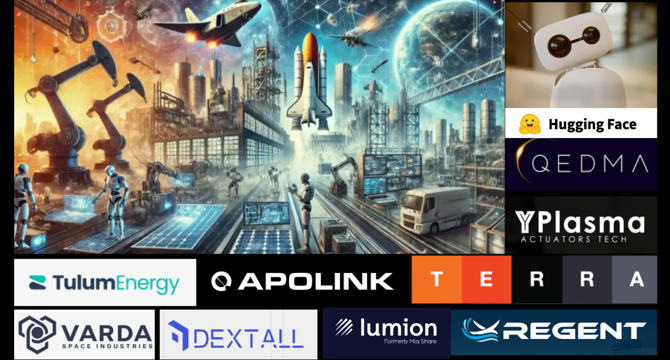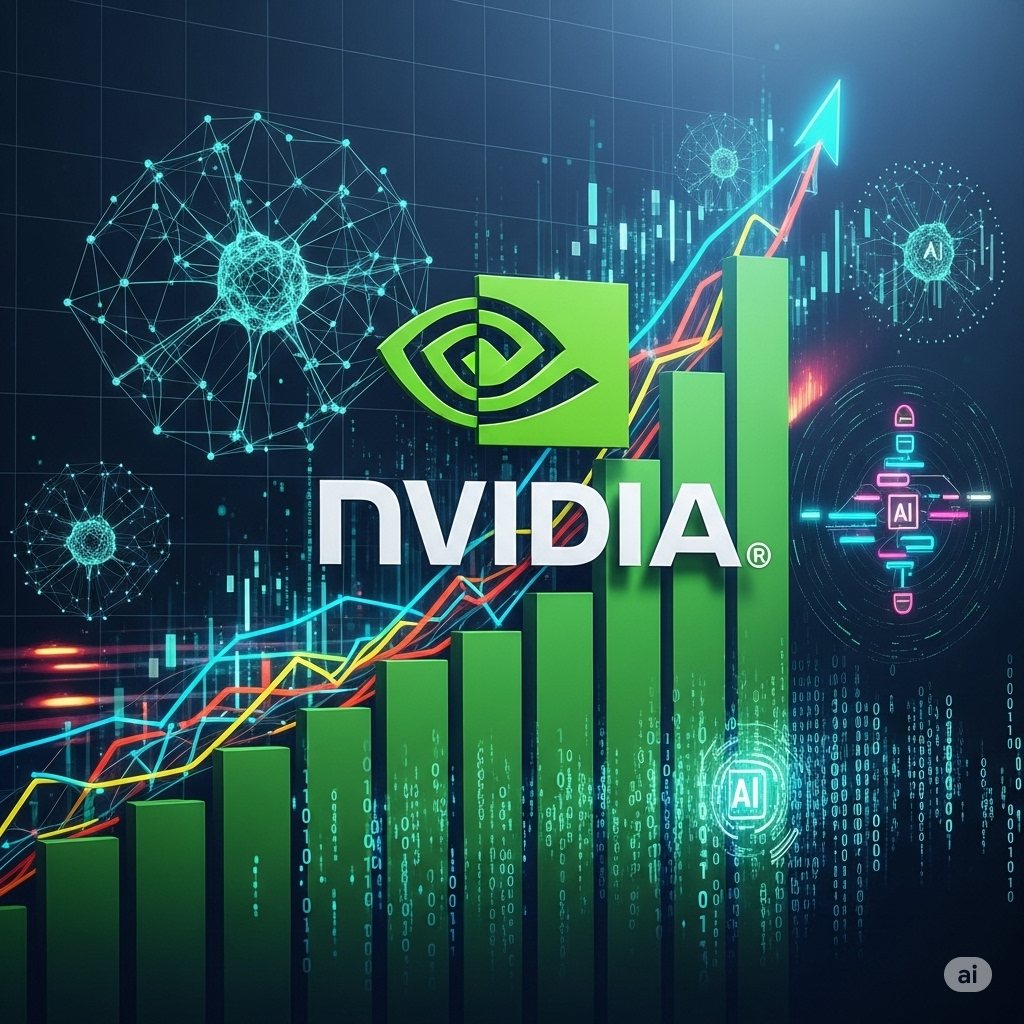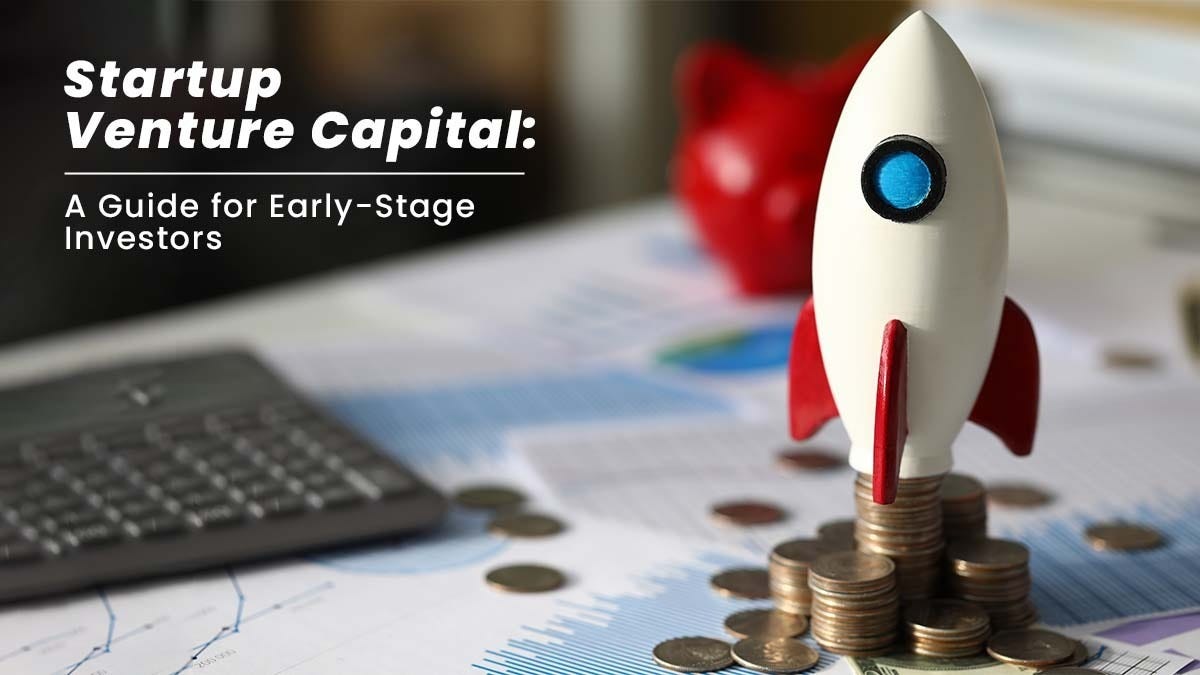Venture Capital News
TheStartupMag
261

Image Credit: TheStartupMag
A Bite-Sized Guide for Startups in New York
- New York City is a promising location for startups due to its large market and access to funding despite high competition and tax rates.
- Unique ideas, market identification, excellent customer service, networking, and adaptability are crucial for startup success in New York.
- Identifying a market gap and providing exceptional customer service are emphasized for startups to stand out in the competitive New York business landscape.
- Networking and adaptability are key components for startups to thrive in the dynamic environment of New York City.
Read Full Article
15 Likes
Medium
183

Image Credit: Medium
HardTech Reads: The AI & Robotics Revolution vol.39
- Humanoid robots entering hospitality industry, transforming service expectations and labor costs.
- China achieves orbital refueling success, potentially surpassing U.S. in high-altitude space missions.
- China leads fusion technology race, risking U.S. and Europe's commercial fusion scaling abilities.
Read Full Article
10 Likes
Medium
573

Image Credit: Medium
The AI Bubble Is Hiding the Real Revolution
- Tech giants are focused on pursuing Artificial General Intelligence (AGI) through costly endeavors.
- Meanwhile, a quieter revolution is taking place with startups and developers building practical and profitable AI businesses.
- The gap between the high-spending tech giants and the more efficient startups is widening.
- The Low Church of AI, consisting of startups and indie developers, is quietly winning in the AI landscape.
Read Full Article
3 Likes
20VC
406

Image Credit: 20VC
20VC Newsletter - 13th July 2025
- Scott Galloway shared key takeaways on winning in the new economy, dating dynamics, substance abuse correlations, and relationships.
- Galloway discussed the importance of reputation in attracting investment, gender differences in dating success and substance abuse risks, and the impact of alcohol on relationships.
- Key lessons from Galloway included advice on marriage, quality vs. quantity time with family, and the value of living well despite setbacks.
- Other episodes featured insights on B2B AI talent recruitment, the necessity of stock-based compensation, early momentum in AI markets, and evolving sales team dynamics.
- The newsletter highlighted upcoming guests Vlad Tenev, Jason Lemkin, Rory O'Driscoll, and Kieran Flanagan on future episodes.
Read Full Article
Like
Medium
246

Image Credit: Medium
H-MEDIA: The Ultimate Connector for Entrepreneurs & Investors
- H-MEDIA is a media network focused on connecting entrepreneurs, investors, and industry experts to address common challenges in business development.
- The platform amplifies visibility through content, interviews, case studies, and networking tools to help businesses showcase themselves effectively and access hidden opportunities.
- H-MEDIA offers solutions to common struggles such as finding suppliers, building a team, seeking mentorship, scaling, and planning exits or expansions.
- Entrepreneurs, investors, and industry experts can benefit from H-MEDIA by gaining access to opportunities, accelerating growth, and monetizing information, knowledge, and influence.
Read Full Article
14 Likes
Medium
279

Image Credit: Medium
Stuck in the Bits: Peter Thiel’s Diagnosis of Startup Stagnation
- The startup ecosystem is dominated by a common formula promoting rapid growth.
- Peter Thiel's insights reveal a pattern of innovation stagnation in the venture world.
- Thiel argues that academia and risk-averse systems hinder true progress in startups.
Read Full Article
14 Likes
Saastr
258

Image Credit: Saastr
Aaron Levie Box’s CEO: The Great AI Acceleration: Why No Position Is Safe (And That’s Good News)
- CEO Aaron Levie from Box acknowledges the stress in the tech industry but sees it as a positive sign of the dynamic times with rapid changes.
- The pace of technological advancements like AI has accelerated, allowing companies to make significant progress within short periods compared to before.
- Established players in the industry can be swiftly disrupted, as shown by examples like GitHub Copilot's impact and the rise of new startups attacking the space.
- The tech landscape is ever-changing, making it crucial for companies to constantly evolve strategies and build sustainable competitive advantages to thrive in the high-speed environment.
Read Full Article
15 Likes
Saastr
101

Image Credit: Saastr
Dear SaaStr: How Do I Know If My New VP of Marketing Is Working Out?
- To evaluate if a new VP of Marketing is working out, focus on lead generation, revenue per lead, sales alignment, and pipeline growth within the first 90 days.
- A successful VP of Marketing should drive qualified leads, improve revenue per lead, collaborate with sales, and show pipeline growth.
- They should focus on executing campaigns and initiatives rather than excessive team building or brand talk, especially in the early stages of a company.
- If there's no progress within 90 days, reassess priorities, execution, and fit to avoid prolonged negative impact on growth.
Read Full Article
5 Likes
Medium
500

Image Credit: Medium
NVIDIA Hits $4 Trillion: What It Means for AI, Venture Capital, and the Future of Startups
- NVIDIA's market cap has grown by over 700,000% since its IPO in 1999, outpacing tech giants like Apple and Microsoft.
- NVIDIA's GPUs power various AI applications, controlling over 90% of the AI GPU market with high demand for its industry benchmark chips.
- Venture capitalists have invested over $300 billion in AI startups, with NVIDIA contributing $1 billion in 2024 towards innovation in generative AI, robotics, and healthcare.
- Major analysts predict NVIDIA's market cap could reach $6 trillion, highlighting its role in driving entrepreneurship, innovation, and the future of AI technology.
Read Full Article
23 Likes
Saastr
708

Image Credit: Saastr
The Early Days: 5 Things Vanta Got Right, And 5 It Got Wrong, Getting to First $10m ARR
- Vanta's journey to $10M ARR involved major wins and learning from mistakes.
- Key metrics include $2.45B valuation, 8,000+ customers globally, and $354M funding.
- Success factors: MVP testing, simplified pricing, creative marketing, integrating AI early, delayed fundraising.
- Challenges included over-engineered hiring, pausing revenue generation, underestimating competition, offering too many pricing options, and missing benchmarks.
- Vanta's ability to learn from errors quickly served as a competitive advantage in their growth.
Read Full Article
2 Likes
Medium
368

Image Credit: Medium
The New Earth Manifesto: Dismantling Corporatism with Conscious Community Ventures
- The New Earth Manifesto promotes the idea of dismantling corporatism and embracing conscious community ventures.
- It emphasizes the concept of individuals expressing their innate gifts for the betterment of the community, moving away from traditional job structures.
- The manifesto encourages the creation of conscious ventures that benefit not only the creators but also others, promoting compassionate fairness and shared outcomes.
- It advocates for using commerce to drive societal change, urging individuals to take action rather than waiting for corporations or lawmakers to address environmental and social issues.
Read Full Article
22 Likes
Medium
228

Image Credit: Medium
The Cost of Sabotaging Merit
- India's missed opportunity as a global innovation hub due to culture favoring mediocrity.
- Pyura Anshuman's account reveals sabotage of brilliance by political, corporate, and VC elites.
- Lack of recognition and suppression hinder genuine talent, risking India's future innovation potential.
- Systemic issues like political interference and gatekeeping stifle merit-based progress and entrepreneurship.
- Global perception wanes as foreign investors doubt India's innovation ecosystem credibility.
Read Full Article
6 Likes
Saastr
599

Image Credit: Saastr
How Anthropic Rocketed to $4B ARR — And Why Your B2B Playbook May Already Be Obsolete
- Anthropic achieved a remarkable $4 billion in annual revenue by 1H’25.
- Its success highlights a new B2B growth category with unconventional strategies.
- Different from traditional SaaS, Anthropic's revenue model emphasizes API calls.
- The company's focus on code generation and unique strategies set it apart.
Read Full Article
19 Likes
Saastr
354

Image Credit: Saastr
Vibe Coding is the Future. But “Roll Your Own?” That’s More Complicated.
- Vibe coding on platforms like Replit offers a seamless app development experience.
- Prototype, test, and deploy apps quickly, reducing development time significantly. Learning while building.
- App complexity has increased over time, making vibe coding suitable for rapid prototyping.
- Vibe coding accelerates app creation but established SaaS still critical for flawless operations.
Read Full Article
21 Likes
Medium
448

Image Credit: Medium
Startup Venture Capital: A Guide for Early-Stage Investors
- Startup venture capital involves equity investment in early-stage startups for high returns.
- Benefits include increased ROI, decision-making influence, and portfolio diversification for investors.
- Investors analyze startups, negotiate deals, conduct due diligence, and provide post-investment support.
- Key criteria for VCs include innovation, scalability, team strength, traction, and TAM.
- Events like the Global Startup Summit connect investors with emerging startups for opportunities.
Read Full Article
19 Likes
For uninterrupted reading, download the app